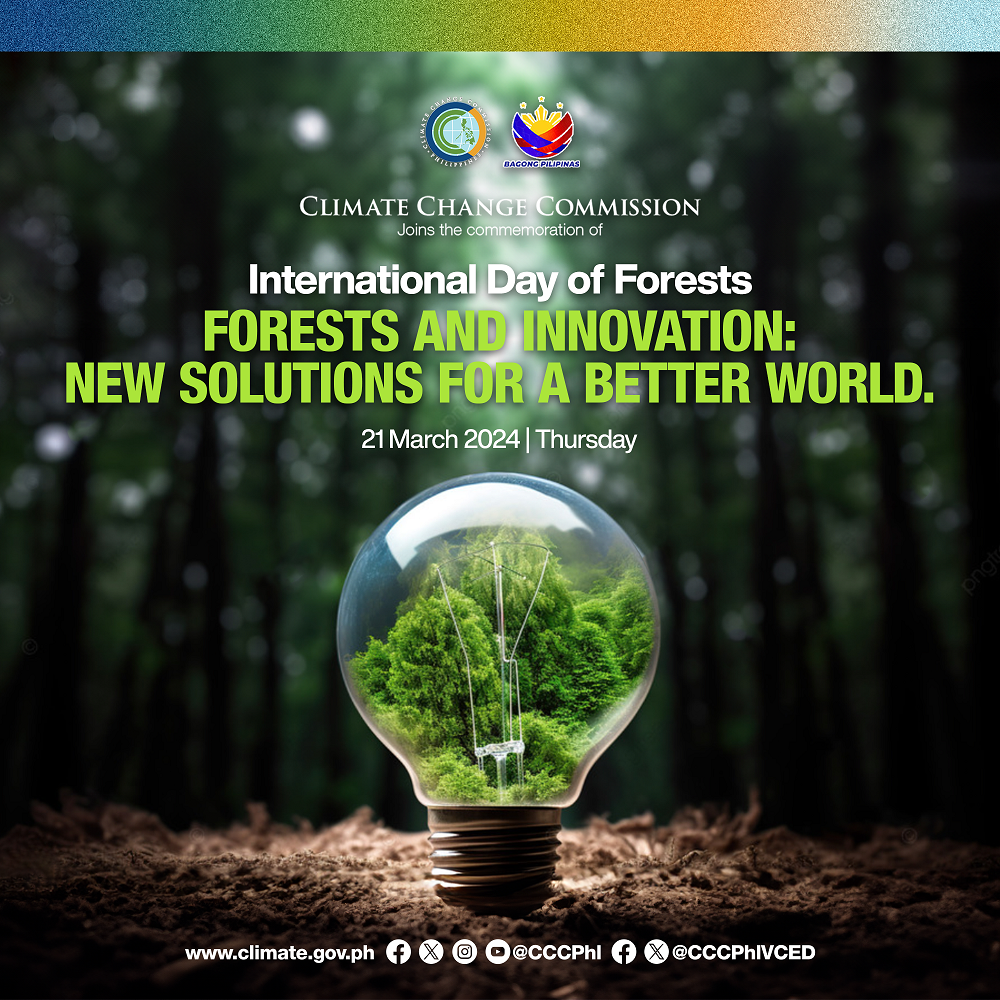
March 21, 2024 Thursday

Since time immemorial, forests have been crucial for humanity’s survival and progress. They provide much of the oxygen needed for biological functions and offer fundamental resources for thriving, including food, clothing and shelter. However, decades of unsustainable activities in the name of progress have degraded many forests worldwide.
The World Research Institute’s global forest review highlights a loss of approximately 4.1 million hectares (Mha) of forests in 2022, resulting in 2.7 billion tons of carbon dioxide emissions. To put this into perspective, the lost forests could have absorbed and stored 2.7 billion tons of carbon dioxide which is equivalent to India’s annual emissions.
Furthermore, according to the Global Forest Watch's latest data, a total of 459 million hectares of tree cover were lost globally from 2001 to 2022, resulting in a 12% decrease, which led to the emission of 195 billion tons of C02. The primary causes identified are urbanization and commodity-driven deforestation, indicating that much of the forest loss was deliberate and not accidental.
In the Philippines, a total of 1.42 million hectares of tree cover was lost from 2001 to 2022, representing a 7.6% decrease in our total tree cover of approximately 18.684 million hectares. This loss contributed to 848 metric tons of C02 emissions. Like most of the forests globally, a huge chunk of the forests we lost in the country is due to urbanization and commodity-driven deforestation.
As of 2022 Philippine Forestry Statistics, it is estimated that the country has a total forest cover of 7.22 million hectares or 24.07% of the country’s land mass, which is “way below” the 17.8 million hectares worth of forest cover we had back in 1934. This showcases just how much of our forest we have lost over the years, and how serious of a threat deforestation is to the country.
More than losing our capacity to absorb carbon and produce fresh air, deforestation presents other climate concerns as well such as loss of biodiversity. The Philippines is one of the 18 mega-biodiverse countries in the world, ranked third in marine biodiversity and host to over 25,000 endemic species. It is home to plants and animals representing 70% to 80% of the world's biodiversity, most of which live in our forests. However, deforestation disrupts habitats, leading to species displacement and endangerment.
Deforestation also affects the water cycle, contributing to soil erosion, flooding and drought. When trees get cut down in preparation for clearing, they die along with their ability to absorb water through their roots, therefore affecting the water cycle in the soil of the surrounding areas. As a result, surrounding soil can no longer bear the weight of water when rain comes nor will there be any trees to release moisture and fresh air during dry seasons.
Recognizing the importance of our forests to our well-being, the Philippines has committed to addressing the deforestation issue through robust policy initiatives, including the establishment of the Philippine Reduce Emissions from Deforestation and Forest Degradation strategy (REDD Plus). Identified in it are strategies to protect the climate through Philippine forest and biodiversity conservation and protection. The REDD Plus strategy has become an invaluable part of the 2011-2016 Philippine Development Plan and the 2011 - 2028 National Climate Change Action Plan.
More recently, the government has marked ecosystems and biodiversity as a priority sector in the 2011-2028 National Climate Change Action Plan, identifying the restoration of forest and deforested areas as a key strategy in addressing climate change. Furthermore, in the Nationally Distributed Contribution itself, increasing forest cover to improve our carbon sink capacity and reduce GHG emissions was emphasized. These base documents, as well as all the activities aimed at forest protection and restoration, encapsulate our aspirations and efforts to curb deforestation in the country.
However, the government can only do so much. Beyond policies and their implementation, what our forest needs most is action from the people themselves. While the government plays a crucial role in coming up with mechanisms to restore and protect our forests, it is ultimately our responsibility as individuals, communities, and society to collectively act for the improvement and conservation of our forests. Which brings us to the question, what can we do for our forests?
For starters, we can reduce our use of paper. According to Ribble Packaging, a 45-foot tree with a diameter of 8 inches produces around 10,000 sheets of paper. Business Waste, a leading waste management company in the United Kingdom, says that the world produces more than 414 million metric tonnes of paper annually. This means that around 4 billion individual trees are being cut down every year to produce our supply of paper. Thus, by simply reducing our paper use, we are saving trees from being cut down.
Planting more trees is another excellent initiative. With a global population currently reaching 7 billion, if each capable individual were to plant and nurture their own tree, it could result in a significant number of new trees, which are crucial in absorbing carbon dioxide and generating fresh air, making it beneficial for both humanity and our planet.
Another way is to keep pollution away from our forests. Pollution could have a serious impact on both forest trees and the diverse animal and plant species that are living in them. Keeping our waste, may it be solid or liquid, is one good way to protect our forests.
Anyone, regardless of age and status, can contribute to this cause through sustainable consumption practices, supporting eco-friendly projects, participating in reforestation activities, and advocating for pro-climate policies. By raising awareness, educating others, and fostering a culture of love for forests, we can combat deforestation and preserve our planet’s biodiversity.
Addressing deforestation requires proactive measures from all stakeholders, from policy makers to individuals. By collectively taking action, we can mitigate the impacts of deforestation and ensure a sustainable future for generations to come.